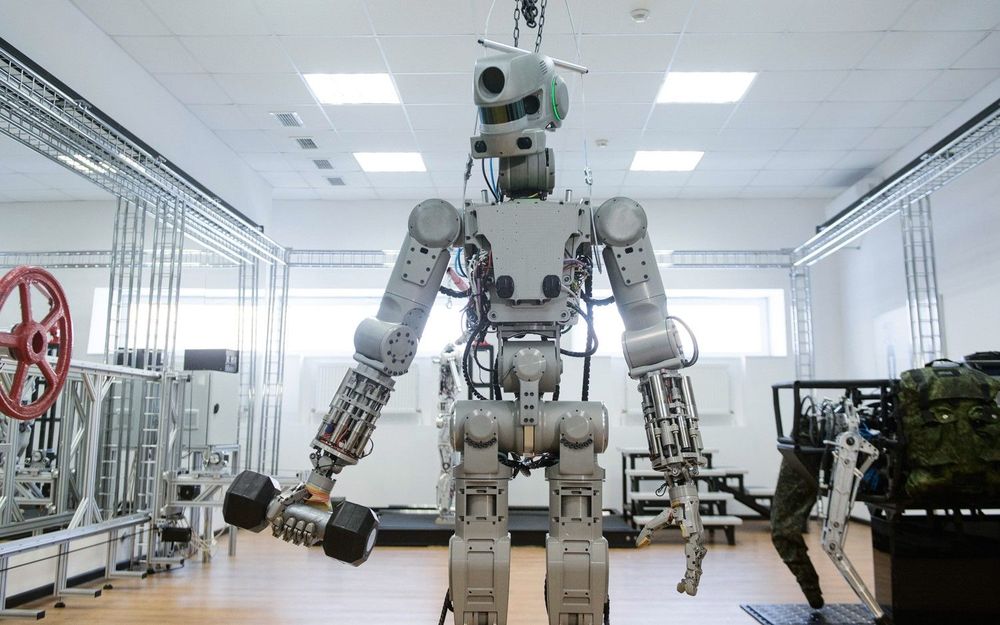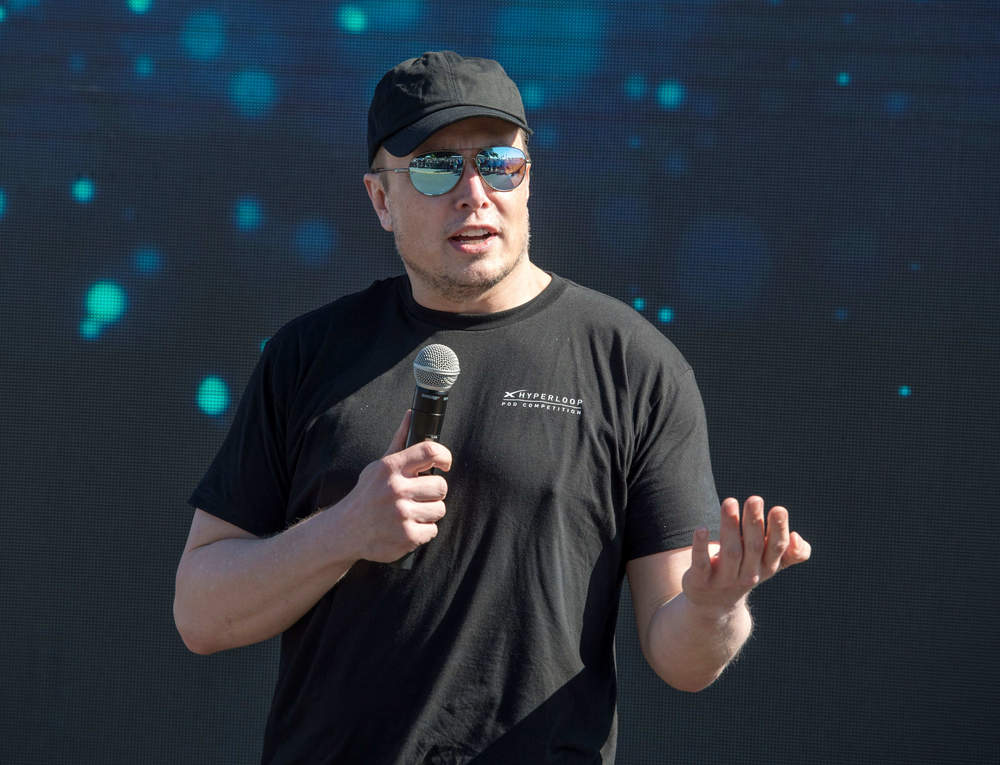It’s first uncrewed flight will take place early 2021 and it is set to launch from NASA’s Kennedy Space Center’s Shuttle Landing Facility in Florida.
Space Perspective is building a balloon that will be able to transport passengers and research equipment to the “edge of space.”
There are several companies looking to enter the emerging “space tourism” marketplace, but Space Perspective sets itself apart with its balloon design, named Spaceship Neptune. This balloon will accompany a pressurized and spacious cabin, creating a comfortable traveling experience for its passengers, according to its maker.
The final goal is to carry passengers and research equipment to and from above 99% of the atmosphere, but its first flight in 2021 from NASA’s Kennedy Space Center’s Shuttle Landing Facility in Florida will be unmanned. In order to accommodate these plans, Space Neptune’s balloon will be the size of a football field and will release almost no emissions, according to its maker.







